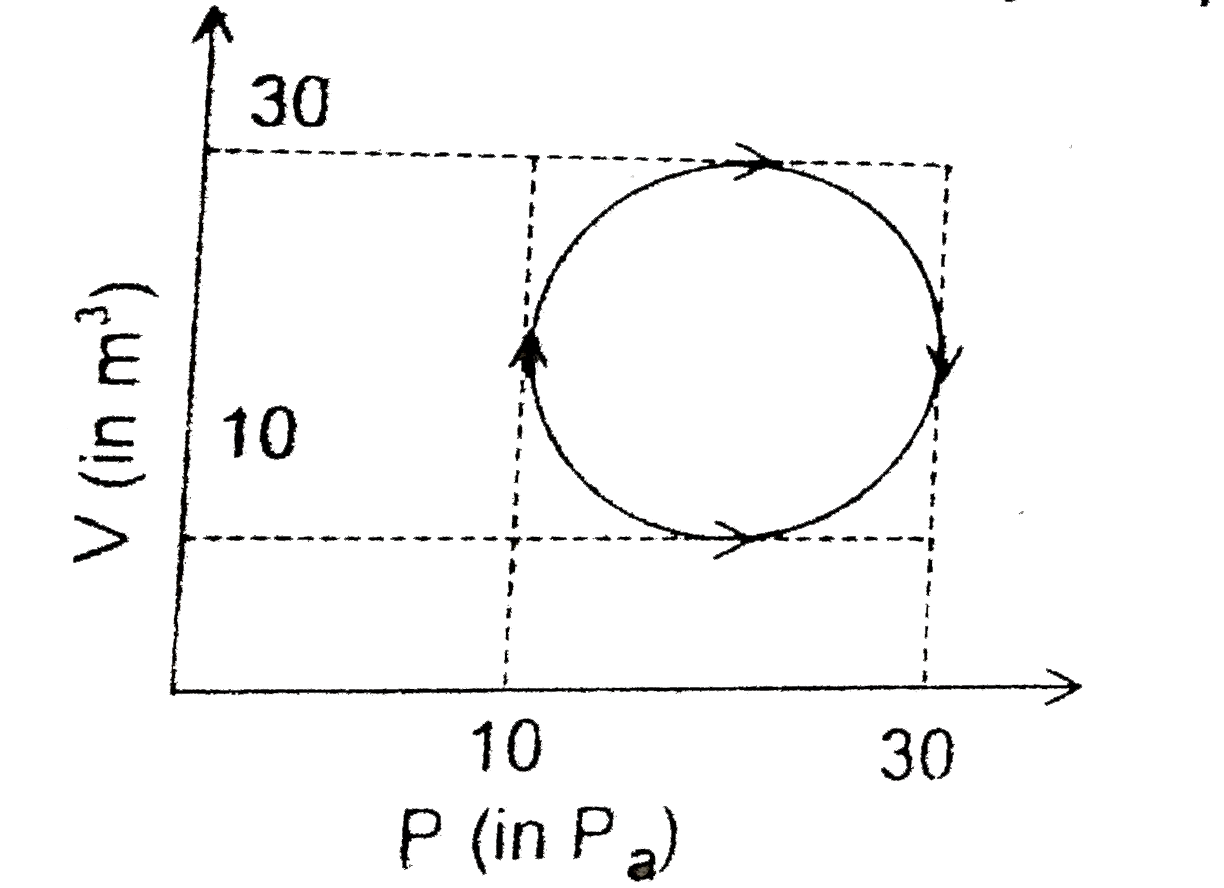By which process roots absorb water ?
Step-by-Step Solution:
1. Understanding the Location of Roots: Roots are typically found underground, where they are in contact with soil that contains water and minerals.
2. Role of Root Hairs: Root hairs are tiny extensions of the root that increase the surface area for absorption. They play a crucial role in the absorption of water and minerals from the soil.
3. Absorption of Minerals: The roots absorb minerals from the soil through a process called active transport. This process requires energy as it moves minerals against their concentration gradient.
4. Osmotic Pressure: When minerals are absorbed into the root hairs, they create an increase in osmotic pressure within the roots. This means that the concentration of solutes (like minerals) inside the root hairs becomes higher than in the surrounding soil.
5. Water Movement: To balance this osmotic pressure and maintain equilibrium, water from the soil moves into the root hairs. This movement of water is driven by the process of osmosis.
6. Conclusion: Therefore, the process by which roots absorb water is called osmosis, which occurs as water moves from an area of lower solute concentration (the soil) to an area of higher solute concentration (the root hairs).
Final Answer: Roots absorb water through the process of osmosis.
---
Topper's Solved these Questions
- LIFE PROCESSESBook:MBD -HARYANA BOARDChapter:LIFE PROCESSESExercise:SHORT ANSWER TYPE QUESTION
Explore 25 Videos
- LIFE PROCESSESBook:MBD -HARYANA BOARDChapter:LIFE PROCESSESExercise:LONG ANSWER TYPE QUESTIONS
Explore 20 Videos
- LIFE PROCESSESBook:MBD -HARYANA BOARDChapter:LIFE PROCESSESExercise:LONG ANSWER TYPE QUESTIONS
Explore 20 Videos
- LIFE PRCOCESS (NUTRIENT, RESPIRATION, TRANSPIRATION AND EXCERTIONBook:MBD -HARYANA BOARDChapter:LIFE PRCOCESS (NUTRIENT, RESPIRATION, TRANSPIRATION AND EXCERTIONExercise:EXAMPLE
Explore 183 Videos
- MANAGKHOENT OF NATURAL RESOURCESBook:MBD -HARYANA BOARDChapter:MANAGKHOENT OF NATURAL RESOURCESExercise:EXAMPLE
Explore 117 Videos
Similar Questions
Knowledge Check
Root hairs absorb water when -
AThey respire repidlyBSoil solution is isotonicCSalt concentration of cell sap is highDSalt concentration os soil is highRoot hairs absorb water when
Atransipration is lowBsoil solution is isotonicCsalt concentration of cell sap is highDsalt concentration of soil is high.The principal by which blotting papar absorbs water is
ACapillary actionBTranspiration pullCRoot pressureDAbsorptive capacity
Cells absorb water through
View SolutionFor which process energy will be absorbed
View Solution
A system works under cyclic process as follow
Heat absorbed during the process is
View SolutionFor which of the following process enrgy is absorbed :
View SolutionIn which of the following processes energy is absorbed ?
View Solution